BIA visits an animal research facility
The BIA team recently visited the animal research facilities at King’s College London. It was the first time many in the team had visited animal research facilities to see how pre-clinical research looks in practice.
Animal research is vital and legally required in the development of new medicines. Animals are used in research to understand the underlying biology of disease and to test promising new medicines for safety and efficacy before they progress to clinical trials with humans.
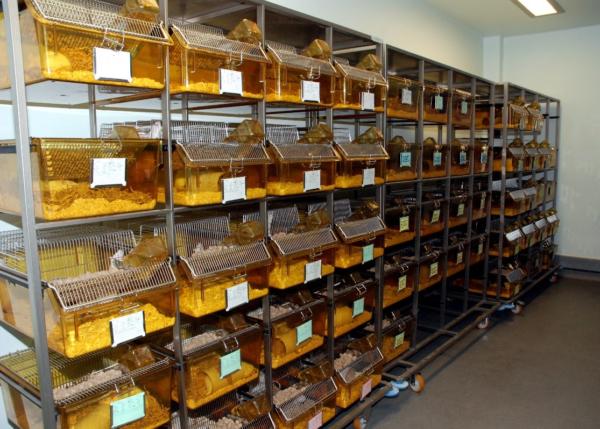
A row of rodent cages. The lights in the room follow the natural daylight cycle and gradually phase in and out. ©King'sCollegeLondon
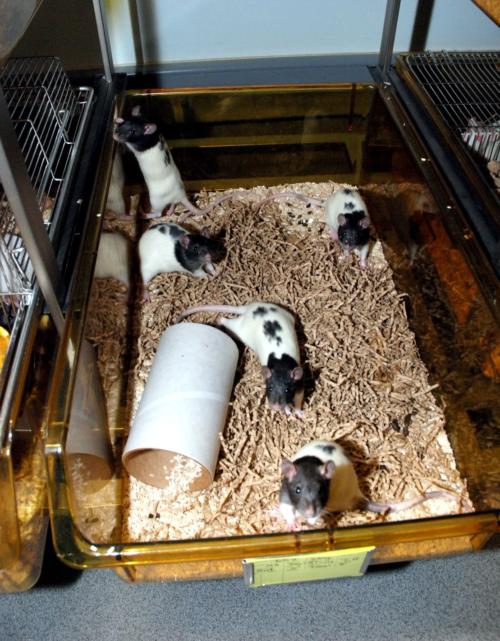
Mice are often kept in pairs or groups for social interaction. ©King'sCollegeLondon
Transparency and openness about the use of animals in research is important to spread understanding of how and why this research is required. The BIA supports this openness and is a signatory of the Concordat on Openness on the Use of Animals in Research. The Concordat is an agreement supported by a range of organisations – including universities, private companies, research funders and umbrella organisations – to commit to being open about the use of animals in research in the UK. Although the general understanding of animal research has improved greatly in the last decade – see this recent blog by Understanding Animal Research – there are still many misunderstandings.
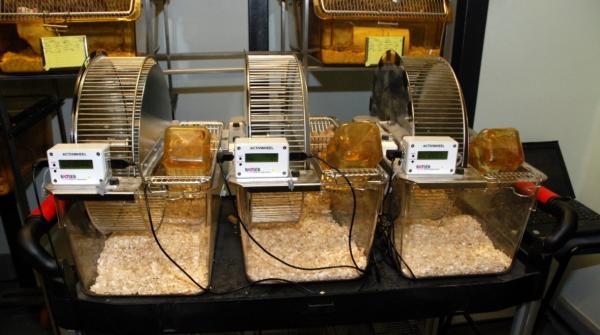
Rodent cages with exercise wheels. ©King'sCollegeLondon
The UK’s legislative requirements rank among the highest in the world for the welfare of animals used in research, including a commitment to the 3Rs – the reduction, replacement and refinement of animals used in research. The BIA is proud to have the National Centre for the 3Rs in our membership and supports the aims of the Concordat, which will help the research community to communicate the benefits, limitations, and nature of animal research to ensure the public has the information they need to develop informed views on this topic.
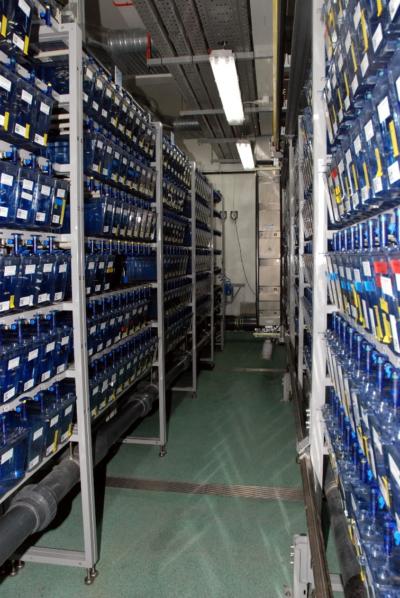
We visited King’s College London to build on our understanding of animal research by seeing the facilities and speaking with the researchers. We were impressed by the professionalism of the staff, who displayed compassion and expertise. We were guided through mice, snake, zebrafish, and marmoset facilities. The mice and zebrafish, being two of the most ubiquitous model organisms in science, are used for a wide range of experiments – behavioural, physiological and genetic. The marmosets are used to study the effects of different drug combinations for Parkinson’s to find better treatments and improve our understanding of the disease.
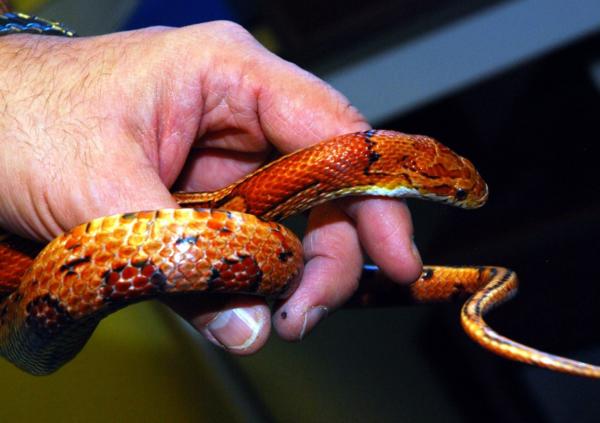
A cornsnake in the facility. ©King'sCollegeLondon
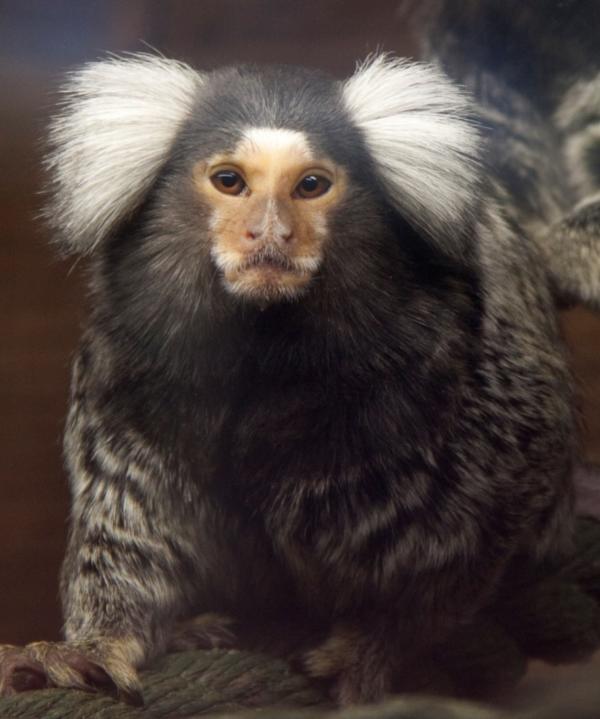
The animals are very well cared for, are kept in large cages and have enriched environments – especially the marmosets, who have swings and toys, and are often housed in pairs for social stimulation. Home Office inspections occur on a regular basis, and are often unannounced, ensuring that welfare standards are being upheld and legal requirements are being met. Thank you to Understanding Animal Research for organising the tour and to the amazing staff at King’s College London for taking the time to show us around!
.png)
.png)